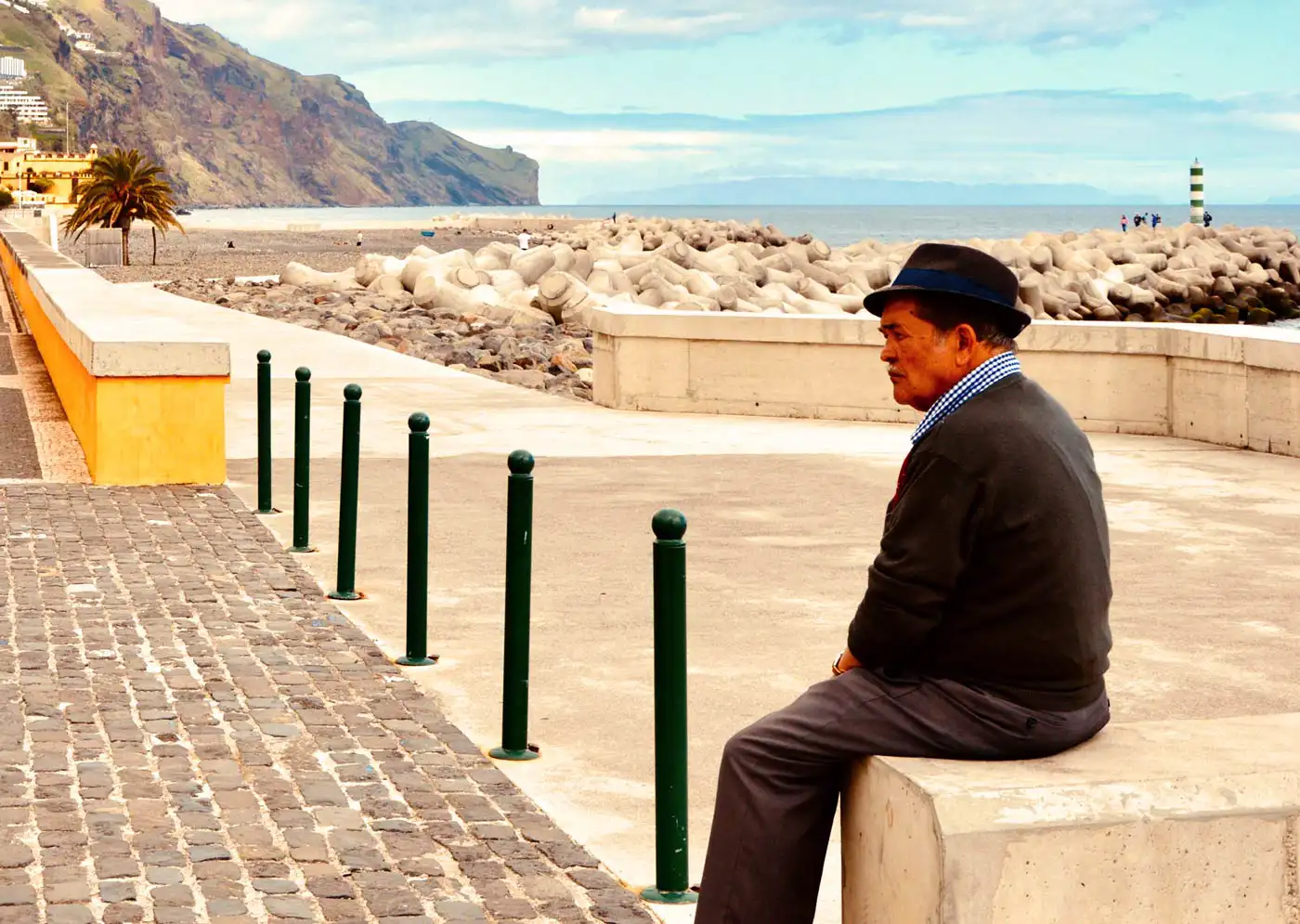Central Scenario Predicts a 52.5% Decline, Leaving Only 123,300 Residents in Madeira by 2100
Madeira’s population is expected to decrease sharply over the next 75 years. According to new projections from the Regional Directorate of Statistics of Madeira (DREM), based on data from Portugal’s National Institute of Statistics (INE), the island’s population could fall from 259,400 residents in 2024 to just 123,300 in 2100. That would represent a loss of 136,200 people, or 52.5% of the total.
The central scenario estimates this steep fall, but other possibilities are also outlined. In a low-growth scenario, the number of residents could drop to only 91,300 by 2100. A high-growth scenario, driven by slightly higher fertility and migration, still foresees a decline, leaving Madeira with around 158,000 inhabitants. Even in a “no migration” model, the number would reach only 121,700.
It should be noted that, in the low scenario, population loss will be even more pronounced, as a result of reduced fertility levels and the continuation of very low net migration, with the resident population in the Region potentially falling to 91,300 people by 2100.
Children and Youth Could Decline by 62%, While Working-Age Residents Drop by 114,000
The projections also reveal strong demographic changes. The number of children and young people (aged 0–14) is expected to decrease from 31,000 in 2024 to just 11,800 in 2100 - a fall of 62%. Meanwhile, the working-age population (15–64 years) may shrink from 173,100 to 59,500, a reduction of about 114,000 people.
The elderly population (65 years and over) is expected to decline only slightly, from 55,300 to 52,000. This imbalance suggests that while fewer children will be born, Madeira will continue to have a relatively large share of older residents.
Table Showing Lowest, Highest and No Migration Population Estimates
Year | Low | High | If No Migration |
2025 | 258,575 | 259,137 | 258,013 |
2050 | 207,032 | 234,125 | 217,351 |
2075 | 141,093 | 189,790 | 162,523 |
2100 | 913,48 | 158,186 | 121,676 |
Aging Index Set to More Than Double, Reaching 442 Elderly for Every 100 Young in 2100
The rapid decrease in younger generations compared with older ones will change Madeira’s age structure profoundly. The aging index — the number of elderly per 100 young people — will more than double, rising from 179 in 2024 to 442 in 2100 under the central scenario.
By comparison, the national index for Portugal is expected to reach 316 by the end of the century, still below Madeira’s figure. The potential sustainability index, which measures the ratio between working-age people and the elderly, will also deteriorate. In Madeira, it is forecast to drop from 313 in 2024 to just 114 by 2100.
Profound changes in the age structure of the population of Madeira are to be expected, as the trend of demographic aging will intensify in the coming decades
Fertility and Life Expectancy Expected to Rise Slightly but Not Enough to Halt Decline
Despite the overall decline, some indicators show improvement. The fertility rate in Madeira may rise slightly from 1.25 children per woman in 2024 to 1.36 in 2100. Nationally, the figure could grow from 1.40 to 1.50. These values, however, remain well below the replacement level of 2.1.
Life expectancy is projected to increase significantly. For men in Madeira, it may rise from 75.87 years in 2024 to 86.70 in 2100. For women, it is expected to go from 82.08 years to 92.11. Across Portugal, the pattern is similar, with men reaching an average of 90.38 years and women 94.14 by the end of the century.
Even with longer lives and slightly higher fertility, the report makes clear that Madeira faces a future with fewer residents, an older population, and a considerably smaller workforce.
Source: DREM








Comments